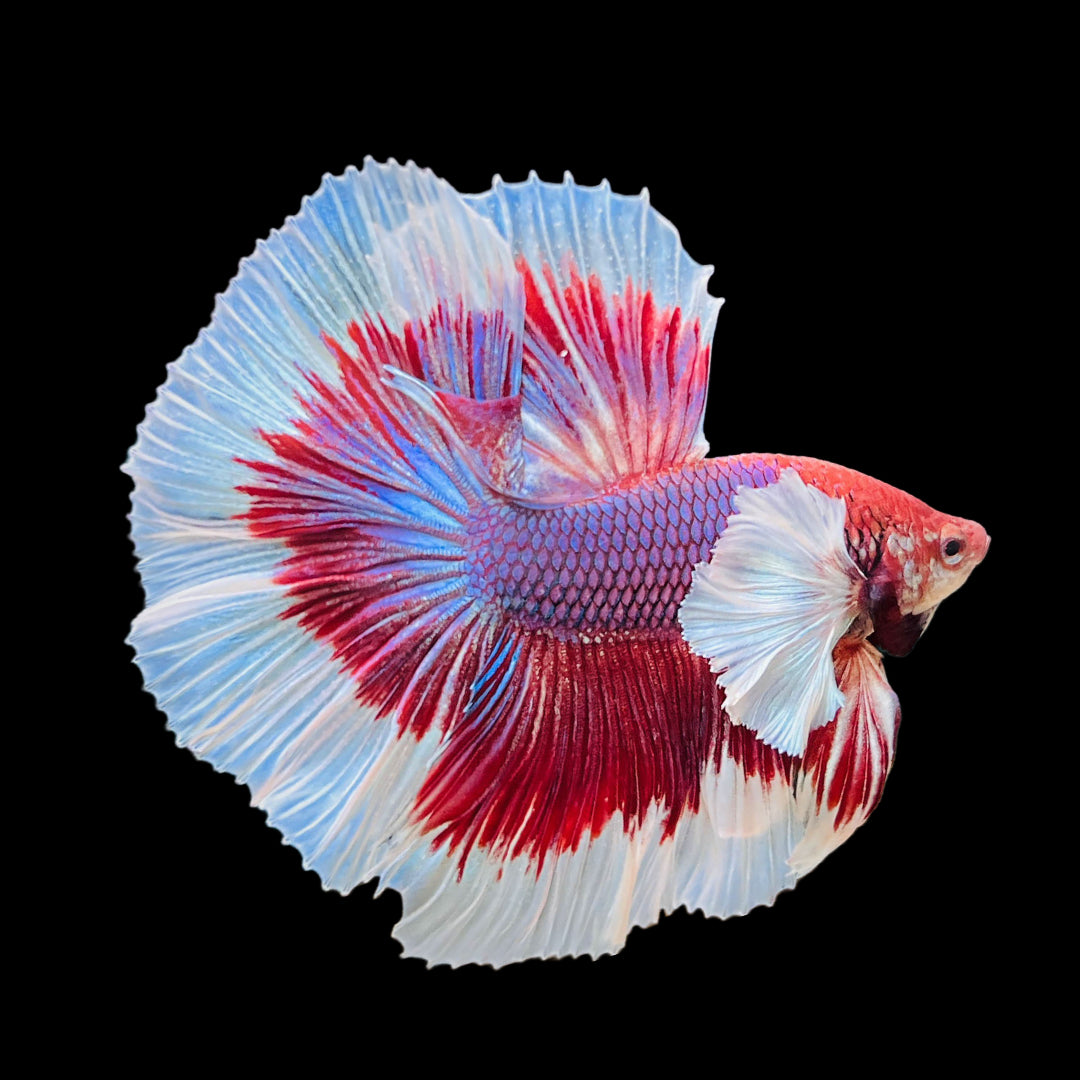Just How to Reproduce Betta Fish Successfully: Expert Methods and Insights for Hobbyists Looking to Expand Their Betta Collection
Reproducing Betta fish requires a nuanced understanding of genes and environmental conditions, making it important for enthusiasts to approach the process with both persistance and treatment. Creating an ideal breeding setting, selecting the best pairs, and observing the complexities of their courtship actions are fundamental actions that can significantly impact the outcome.
Recognizing Betta Fish Genes
Recognizing the genetics of Betta fish is critical for effective breeding, as it influences traits such as color, fin form, and actions. Betta fish exhibit a diverse variety of colors and patterns, mostly identified by their genetic makeup. The primary genes in charge of pigmentation consist of the "B" gene for blue, "D" genetics for red, and the "C" gene for color intensity. Breeders can manipulate these traits by selecting specific parent fish that show desired qualities.
In enhancement to coloration, fin morphology is an additional considerable facet of Betta genes (betta fish). The shape and dimension of fins are influenced by numerous genes, consisting of those that figure out whether the fins are short, long, or veil-shaped. Understanding these genetic variations assists dog breeders forecast the phenotypic end results of their spawn
Furthermore, behavior traits such as aggression and territoriality can additionally be affected by genetics. These actions play a vital role in the breeding procedure, as they can impact spawning success and the general character of the resulting fry. By adequately understanding these genetic principles, dog breeders can make educated decisions, eventually boosting their breeding programs and achieving desirable outcomes.
Preparing the Reproduction Setting
Producing an ideal reproduction environment is important for the successful recreation of Betta fish. The very first action in preparing this atmosphere is to choose an ideal reproduction storage tank, preferably ranging from 5 to 10 gallons.
Following, consider making use of a sponge filter or an air stone to give mild water flow without producing strong currents that can emphasize the fish. It is vital to mount plants or breeding cones to supply hiding areas and advertise convenience for the woman during the spawning process. Floating plants, such as Java moss or water sprite, can also develop an extra natural surroundings while assisting in bubble nest structure by the man.
Prior to introducing the breeding pairs, guarantee the water is conditioned and totally free from dangerous chemicals, such as chlorine or hefty steels. betta fish. Regular water changes ought to be conducted to maintain ideal water quality, improving the possibilities of successful breeding. With these prep work in place, the reproducing environment will support the health and wellness websites and wellness of both Betta fish
Choosing Breeding Pairs
Selecting the appropriate reproduction pairs is crucial for achieving successful Betta fish recreation. When choosing your breeding pairs, think about a number of essential factors consisting of wellness, personality, and genetics. Healthy and balanced Betta fish exhibit vivid colors, clear eyes, and active habits. Picking fish that are totally free from illness guarantees a much better opportunity of generating sensible spawn.
Temperament is an additional vital factor to consider, as Betta fish are understood for their hostile nature. It is advisable to select a man and woman that exhibit compatible characters to lessen stress and anxiety throughout the breeding process. A tranquil man can motivate a smoother courtship, while a female that is as well hostile might disrupt the procedure.
Hereditary background additionally plays a considerable duty in the quality of the children. Reproducing fish that are genetically diverse can lower the risk of hereditary health and wellness issues and improve the overall vigor of the fry. It is valuable to research the lineage of both the male and woman, focusing on desirable characteristics such as fin kind, color scheme, and size.
The Breeding Refine
The breeding procedure of Betta fish needs cautious planning and interest to detail to make sure a successful outcome. At first, it is important to prepare an appropriate breeding container, preferably a 5-10 gallon fish tank with a temperature preserved at 78-80 ° F. The container must be equipped with a heating unit, filter (preferably sponge type to avoid strong currents), and a lot of water plants for the female to hide.
Once the atmosphere is established, introduce the selected breeding set to the tank, permitting them to adapt. Observe their actions; the man will certainly display sophisticated courtship routines, consisting of flaring his fins and constructing a bubble nest. If the female reveals passion, she will certainly show vertical red stripes suggesting preparedness for spawning.
When the woman is responsive, the pair will certainly involve next page in a breeding embrace, throughout which the male fertilizes the eggs. Preserving optimal water conditions throughout this duration is crucial for the development of healthy Betta fry.
Caring for Betta Fry

Feeding Betta fry is essential, as they call for a diet high in healthy protein. Originally, they can be fed infusoria or liquid fry food, transitioning to carefully smashed high-grade pellets as they expand. Feed little sections several times a day to urge healthy growth without straining the container with leftover food.

As they develop, monitor their development carefully and divide any kind of hostile individuals to stop damage. By giving a supporting atmosphere and appropriate nutrition, hobbyists can effectively raise Betta fry right into lively, healthy and balanced fish, inevitably boosting their breeding ventures.
Verdict
Effective Betta fish breeding calls read review for careful focus to genetic selection, environmental conditions, and treatment for the fry. By recognizing the genetics of Betta fish and preparing an ideal breeding environment, hobbyists can enhance the possibilities of creating vibrant, healthy offspring.